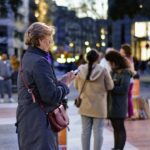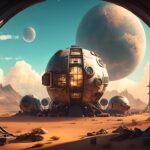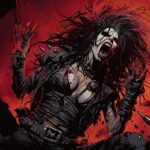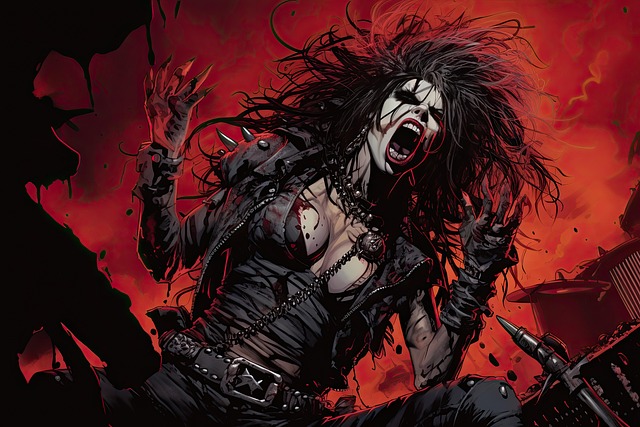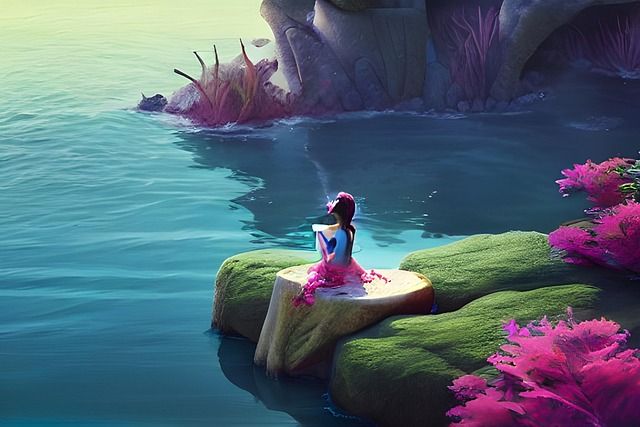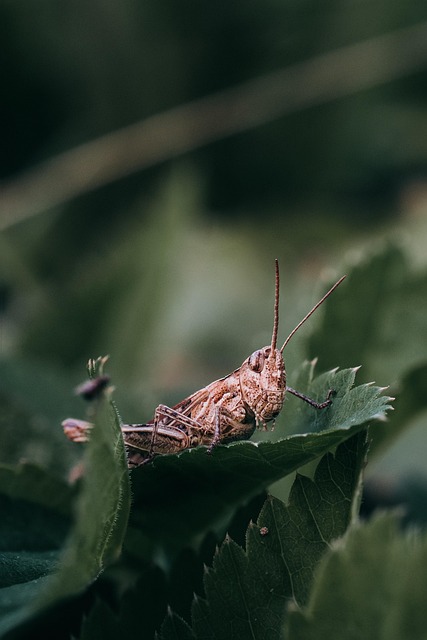# Top AI Tools Revolutionizing Artistic Expression and Enhancing the Work of Modern Artists
The intersection of technology and creativity has been a fertile ground for innovation, and artificial intelligence (AI) is at the forefront of this transformation. In recent years, AI tools have emerged as powerful allies for artists, enabling them to explore new dimensions of creativity. From generating stunning visuals to facilitating complex design work, these tools are reshaping the landscape of visual and digital art. In this article, we’ll explore key AI tools like DALL·E, Midjourney, Stable Diffusion, Runway ML, and Adobe Firefly, and how they assist artists in their creative processes.
## The Rise of AI Tools for Artists
As the demand for fresh and innovative content grows, artists are increasingly turning to AI digital art generators. These tools not only enhance artistic expression but also streamline workflows, allowing creators to focus on conceptualization and refinement. Here are some of the most prominent AI tools that are making waves in the art community.
### 1. DALL·E
Developed by OpenAI, DALL·E is an AI model capable of generating images from textual descriptions. Its ability to create unique visuals based on a simple prompt has captivated artists and designers alike.
– **Key Features:**
– Text-to-image generation
– High-quality, diverse outputs
– Ability to combine multiple concepts into a single image
– **Real-World Application:**
Artist and designer Sara Thompson used DALL·E to create a series of surreal landscapes for a digital exhibition. By inputting imaginative phrases like “a city floating in the clouds,” she was able to produce visually striking pieces that sparked conversation among viewers.
### 2. Midjourney
Midjourney is an independent research lab that has developed a unique AI art generator. It excels at producing aesthetically pleasing images with a distinct artistic style, allowing artists to create works that feel both organic and imaginative.
– **Key Features:**
– Community-driven platform
– Emphasis on artistic style and aesthetics
– User-friendly interface for prompt input
– **Real-World Application:**
Graphic designer Tom Harris utilized Midjourney to create characters for a graphic novel. By experimenting with various prompts, he was able to generate a range of character designs that fit the narrative’s tone, significantly speeding up his creative process.
### 3. Stable Diffusion
Stable Diffusion is an open-source AI model that has garnered attention for its ability to generate high-quality images from text prompts. Its flexibility and accessibility make it a favorite among artists and developers.
– **Key Features:**
– Open-source and customizable
– Capable of generating detailed images
– Community support for modifications and enhancements
– **Real-World Application:**
Digital artist Emily Chen used Stable Diffusion to create a series of illustrations for a children’s book. The model allowed her to generate multiple variations of each character, enabling her to choose the best fit for her narrative.
### 4. Runway ML
Runway ML is a creative suite that combines AI with traditional design tools, offering functionalities for video generation, image editing, and more. It’s particularly popular among filmmakers and digital artists.
– **Key Features:**
– AI-assisted video editing
– Integration with popular design software
– Real-time collaboration features
– **Real-World Application:**
Filmmaker Jake Roberts incorporated Runway ML into his documentary project. By using its AI tools for video editing, he was able to enhance visual storytelling through automated scene transitions and effects, allowing him to focus on narrative development.
### 5. Adobe Firefly
Adobe Firefly is Adobe’s entry into the world of AI art generation, designed specifically for creatives. It integrates seamlessly with Adobe’s suite of tools, enhancing the workflow for designers and artists.
– **Key Features:**
– Generative AI capabilities for images and text effects
– Direct integration with Adobe Creative Cloud
– Customizable outputs for branding
– **Real-World Application:**
Graphic designer Lisa Tran used Adobe Firefly to generate unique textures for a branding project. The integration with Adobe tools allowed her to refine the AI-generated outputs, creating a cohesive visual identity for her client.
## How AI Tools Enhance Artistic Expression
AI tools for artists are not merely about automation; they represent a new form of collaboration between human creativity and machine learning. Here are some key ways these tools enhance artistic expression:
– **Idea Generation:** AI can help artists brainstorm and visualize concepts that they may not have considered, expanding their creative horizons.
– **Efficiency:** By automating repetitive tasks, artists can focus on refining their work rather than getting bogged down by technical details.
– **Experimentation:** AI encourages experimentation, allowing artists to explore various styles and techniques without the fear of failure.
– **Accessibility:** These tools democratize art creation, enabling individuals with little to no artistic training to produce compelling visuals.
## Conclusion: The Future of AI in Creative Fields
As we look ahead, the role of AI in the creative industries is set to expand even further. The tools discussed—DALL·E, Midjourney, Stable Diffusion, Runway ML, and Adobe Firefly—are just the beginning of a revolution that will continue to evolve.
Artists and creatives who embrace these technologies can expect to unlock new levels of innovation and artistic expression. While concerns about originality and the role of the artist in an AI-driven world persist, the consensus is clear: AI tools are here to stay, and they will continue to reshape the way we create and experience art.
By leveraging these generative art tools, artists can not only enhance their work but also redefine what it means to be creative in the digital age. The future is bright for those willing to explore the intersection of art and technology, paving the way for a new era of artistic expression.
—
In conclusion, the integration of AI into the creative process is not just a trend; it’s a transformative shift that will redefine the boundaries of art and design. Embracing these AI tools for creatives can lead to unprecedented opportunities for innovation and collaboration.

